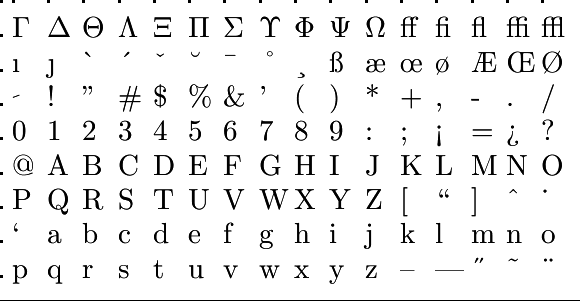Exponential and logarithmic growth: Future value
 Equivalent percentages
Equivalent percentages
We want to compare two savings accounts on the basis of compound interest, but one has an interest rate per quarter and the other per year. We can compare these by calculating the interest rates for the same time unit (for example, both for a year or both for a quarter). More generally, we are concerned with conversions from rates for short periods to rates for longer periods, and vice versa.
Conversion formula for growth factors
Suppose that the growth factor per period #t_1# is equal to #g_1# and the growth factor per period #t_2# is equal to #g_2#, where #t_1# and #t_2# are expressed in the same units of time. Then \[ g_2=g_1^{\frac{t_2}{t_1}}\]
In order to convert the interest rate of one unit to another unit of time, we first transform the interest rate to a growth factor. Then we adjust the growth factor to the other unit of time. Next we transform this new growth factor to the interest rate. This procedure is illustrated by the following diagram:

Here are some examples.
\(\phantom{xxx}\) "Your balance shows a deficit. The borrowing rate is #1.39\%# on a monthly basis."
What is the annual interest rate in this case?
Give your answer as a percentage with a precision to #1# decimal point.
After all,
\[\begin{array}{rcl}
i&=&\dfrac{1.39}{100}=0.0139\\
&&\color{blue}{\text{the growth rate of the monthly percentage}}\\
g_{\text{month}}&=&0.0139+1=1.0139\\
&&\color{blue}{\text{the corresponding growth factor}}\\
g_{\text{year}}&=&1.0139^{12}\approx 1.1802\\
&&\color{blue}{\text{there are }12\text{ months in a year}}\\
i_{\text{year}}&=&1.1802-1=0.1802\\
&&\color{blue}{\text{the growth rate corresponding to the growth factor}}\\
\text{percentage per year}&=&0.1802 \cdot 100 \approx 18.0\%\\
&&\color{blue}{\text{the corresponding percentage rounded to }1\text{ decimal}}
\end{array}\]

Or visit omptest.org if jou are taking an OMPT exam.



